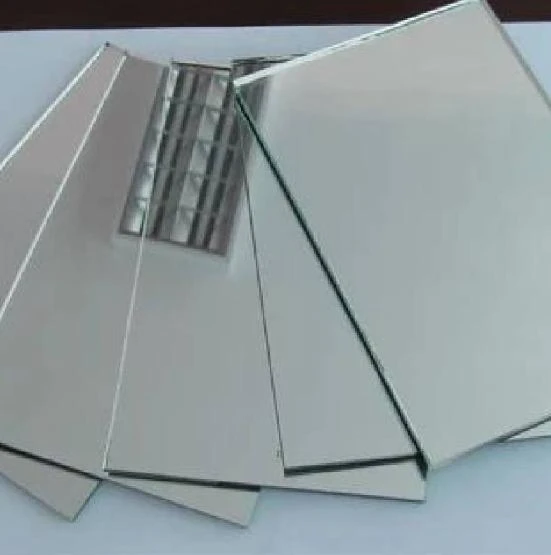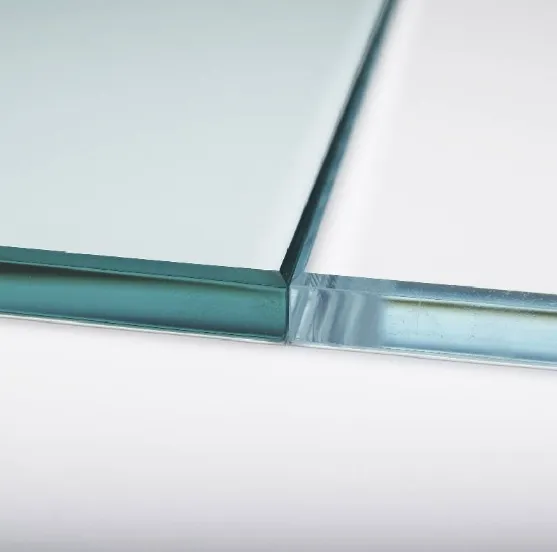In the contemporary world of construction and interior design, tempered glass material has emerged as a pivotal component, renowned for its exceptional durability and safety features. As a product that bridges both the aesthetic and functional realms, tempered glass has revolutionized numerous industries. Let's delve deeper into its attributes, applications, and significant impact on both professionals and end-users.

Tempered glass is not just ordinary glass; it undergoes a process of extreme heating and rapid cooling, known as tempering, which enhances its strength and shatter-resistance. This rigorous treatment makes it approximately four to five times stronger than standard glass of the same thickness. Its inherent ability to withstand high pressure and thermal stress makes it a preferred choice for architects and engineers who are constantly seeking reliable materials for both structural and decorative purposes.
One of the paramount benefits of tempered glass is its safety profile. Unlike regular glass that shatters into sharp, dangerous shards, tempered glass breaks into small, blunt pebbles when fractured, significantly reducing the risk of injury. This quality is particularly important in spaces that are prone to human contact, such as shower doors, sliding glass doors, and railings. The safety aspect extends to automotive use as well, where it is employed in car windows to prevent severe injuries during accidents.

From a design perspective, tempered glass offers a sleek, modern look that can be intricately incorporated into contemporary architectural designs. Its versatility allows it to be used in a variety of finishes, including clear, frosted, tinted, or even patterned options, providing designers the flexibility to enhance visual appeal while maintaining functionality. In commercial spaces, it contributes not only to aesthetic innovation but also to energy efficiency, as its installation can help in reducing the need for artificial lighting by maximizing natural light penetration.
tempered glass material
In marketing and distribution channels, tempered glass is lauded for its eco-friendly characteristics. It is recyclable, which appeals to environmentally-conscious consumers and businesses striving for sustainable practices. Its robust life span also means less frequent replacements, thereby reducing waste and supporting sustainability efforts in the long run.
Professionals in the construction and interior design industries highly regard tempered glass for its reliability and longevity. Expertise in handling and installing tempered glass ensures maximum performance and safety. Companies that specialize in glass products often invest in advanced training for their personnel to master the specific considerations in handling tempered glass, further establishing their authority and trustworthiness among clients.
The importance of quality assurance in tempered glass cannot be overstated. Reputable suppliers adhere to stringent standards and certifications, guaranteeing that each piece of glass meets industry benchmarks for quality and safety. This adherence underscores the importance of selecting credible suppliers who can provide documentation of these certifications, bolstering the purchaser's confidence and trust in the product.
In summary, tempered glass material stands as a testament to the progress in material science that caters both to aesthetically-driven and safety-conscious demands. Its multifaceted benefits and applications across various domains underscore its value as a product of expertise, innovation, and trust. Considering the robust and reliable nature of tempered glass, it is no surprise that its adoption continues to soar, reflecting a clear trajectory of growth and relevance in an evolving world.



